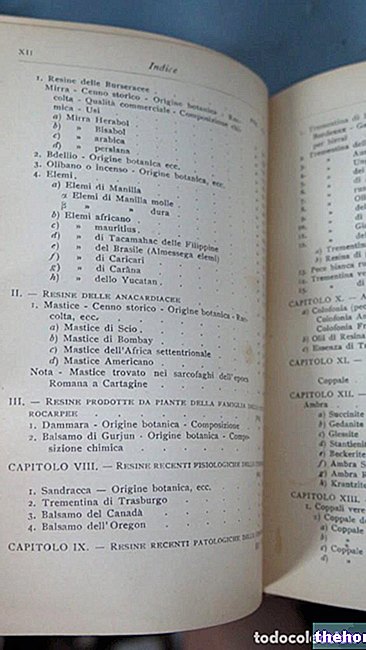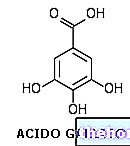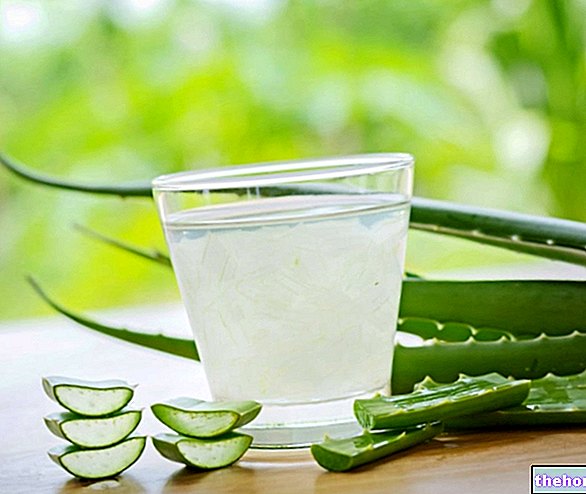Ginkgo is considered a flavonoid and adaptogen drug, especially with a geriatric value. The leaves of this dioecious tree, mainly used for ornamental purposes, are dried and are rich in flavonoids. Other associated compounds that contribute to the herbal expression of Ginkgo are the sesquiterpenes with alcoholic functions.

Ginkgo biloba leaves
The leaves that are used are often those of the cultivated male Ginkgo plant; the female specimens, on the other hand, are minor, because they are disadvantaged by the disadvantage of having seeds rich in butyric acid, a short-chain fatty acid, therefore volatile, which gives off a bad smell in the surrounding environment. The leaves are characterized by the fan shape and the typical yellow color, which arises once the chlorophyll present is completely degraded, leaving only the flavonoids (flavus = yellow).
Ginkgo is called geriatric adaptogen, because usually the products formulated on the basis of this drug are recommended for elderly people, who have memory difficulties; Ginkgo, in fact, with its flavonoids, improves cerebral circulation. It is no coincidence, therefore, that Ginkgo is a drug capable of improving the cerebral microcirculation, thus decreasing the intensity of cell death that strongly characterizes the advanced age of people. In addition to its adaptogenic properties, Ginkgo also boasts an "antithrombotic action, that is, anti-platelet aggregation; therefore, it reduces the formation of microthrombi, which promote necrosis of brain cells (today a very frequent pathology among the elderly).
Other articles on "Ginkgo"
- Adaptogenic drugs
- Pharmacognosy
- The properties of Ginseng



























